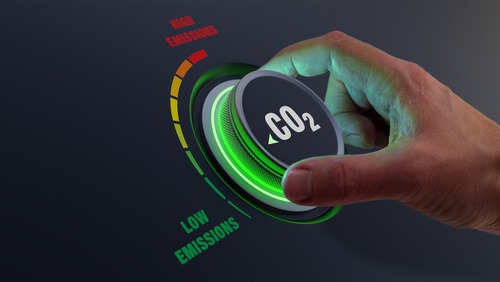San Diego Gas & Electric study recommends diversified decarbonization approach to reach 2045 carbon neutrality goal

A study released this week by San Diego Gas & Electric (SDG&E) proposed a combination of clean electricity, renewable natural gas, and clean hydrogen, along with carbon removal, to meet California’s goal of carbon neutrality by 2045.
The study marked the first time such crystal ball gazing has incorporated the utility industry standard for reliability, utilizing industry-centric planning tools. That means it considered an electric system reliable if it experiences only one power outage every 10 years due to the probability of energy demand exceeding supply. Previous studies have focused more simply on the electrification of sectors such as transportation and buildings.
“Accelerated electrification of transportation and other sectors is essential to California and our region’s sustainability,” Caroline Winn, SDG&E CEO, said. “It is also incredibly important that California takes electric reliability into consideration and doesn’t leave anyone behind when developing a decarbonization roadmap. Given the scale of the transformation required to achieve California’s ambitious goals, collaboration across many sectors will be critical. SDG&E alone cannot implement the decarbonization Roadmap, but we are committed to helping enable an equitable, safe, reliable, and affordable energy transition and that includes investments in electric vehicle charging infrastructure, grid modernization, and emerging innovations like long-duration, hydrogen-based energy storage.”
David Victor, a professor at UC San Diego, co-director of its Deep Decarbonization Initiative, and the SDG&E study’s advisor, added that the exact combination of tech and investments needed to reach net zero carbon emissions by 2045 remains unknown. The best the industry can do is plan for a flexible and diversified approach to decarbonization without sacrificing grid reliability.
The study concluded that California would have to decarbonize at 4.5 times the pace it has in the last 10 years to reach its carbon neutrality goal and mitigate its contributions to climate change. Further, electric generation capacity will need to increase to about four times the capacity available in 2020 to support transportation and build out electrification to the extent required, as electric consumption is expected to increase 96 percent by 2045.
To make all this happen, the study’s authors determined that support will be needed to prioritize electric sector reliability, maintain affordability and bolster equity, incentivize innovation and adaptability, and allow for the deployment of decarbonization infrastructure. California will need to install 40 GW of new battery storage and 20 GW of dispatchable generation from clean hydrogen combustion.
The study was conducted with technical support from Victor, Boston Consulting Group, and Black & Veatch.
